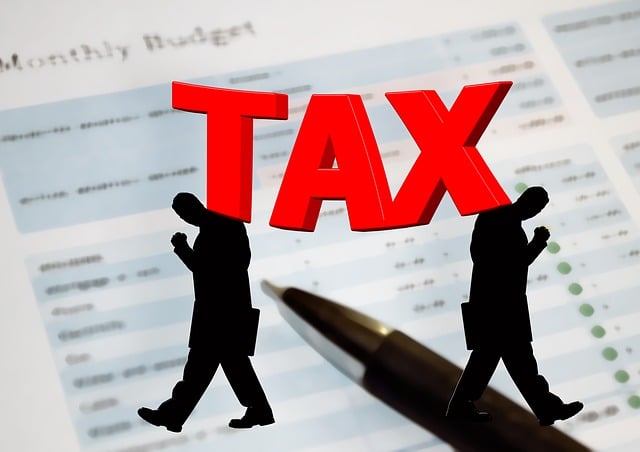Mortgage refinancing has always been a smart financial strategy—but in 2025, it could be more valuable than ever. With interest rates fluctuating and home values holding strong in many areas, millions of homeowners are choosing to refinance their mortgages to lower monthly payments, reduce interest costs, or tap into home equity.
If done right, refinancing your mortgage could save you tens of thousands of dollars over the life of your loan. In this guide, we’ll show you how to refinance your mortgage in 2025, when it makes sense, and how to get the best rates.
What Is Mortgage Refinancing?
Refinancing means replacing your existing home loan with a new mortgage, usually with better terms. This can help you:
- Lower your interest rate
- Reduce monthly payments
- Switch from an adjustable-rate to a fixed-rate mortgage
- Shorten or extend your loan term
- Tap into your home equity (cash-out refinance)
When Does Refinancing Make Sense?
Refinancing is not free, so it’s important to time it right. Here are some signs you should consider it:
- Interest rates have dropped significantly since you got your loan
- Your credit score has improved
- You want to remove private mortgage insurance (PMI)
- You need cash for home improvements, debt consolidation, or major expenses
- You want to pay off your mortgage faster (e.g., 30-year to 15-year term)
Pro Tip: Even a 1% drop in your interest rate can save you thousands over time.
How to Refinance Your Mortgage in 2025
Here’s a step-by-step guide to successfully refinancing your mortgage this year:
1. Check Your Current Loan Terms
Know your remaining balance, interest rate, monthly payment, and loan type. This helps you compare new offers.
2. Know Your Credit Score
Lenders typically offer the best refinance rates to borrowers with scores of 700+. Check your score for free using trusted services like Credit Karma or your bank.
3. Determine Your Goal
Are you trying to lower your payment? Pay off your mortgage faster? Or cash out equity? Defining your goal will help you choose the right loan structure.
4. Compare Multiple Lenders
Rates can vary widely. Use online tools like LendingTree, Bankrate, or Zillow Mortgage Marketplace to compare offers from at least 3–5 lenders.
5. Understand the Costs
Refinancing isn’t free. Expect closing costs of 2%–6% of the loan amount, including appraisal fees, title insurance, and lender fees. Calculate your break-even point to know when your savings will outweigh the costs.
6. Lock in Your Rate
When you find a favorable rate, lock it in to avoid changes due to market fluctuations.
7. Close the Loan
Submit documentation (tax returns, pay stubs, credit report, etc.), get an appraisal, and sign the final documents.
Cash-Out Refinance: Is It Worth It?
A cash-out refinance lets you borrow more than you owe and take the difference as cash. This is ideal if you want to:
- Renovate your home
- Consolidate high-interest debt
- Fund major expenses like college tuition or medical bills
Warning: You’re increasing your loan balance, so use cash-out refinancing carefully and avoid overspending.
Should You Refinance in 2025?
Refinancing is a powerful financial tool—but it’s not right for everyone. Consider refinancing if:
- You can lower your interest rate by at least 0.5%–1%
- You plan to stay in the home long enough to recoup the closing costs
- You need to restructure your loan to fit new life circumstances
Final Thoughts
Refinancing your mortgage in 2025 could help you slash monthly payments, shorten your loan term, or access much-needed cash. But it’s important to shop around, understand the costs, and make sure it aligns with your long-term financial goals.
A smart refinance today could mean thousands saved tomorrow.
